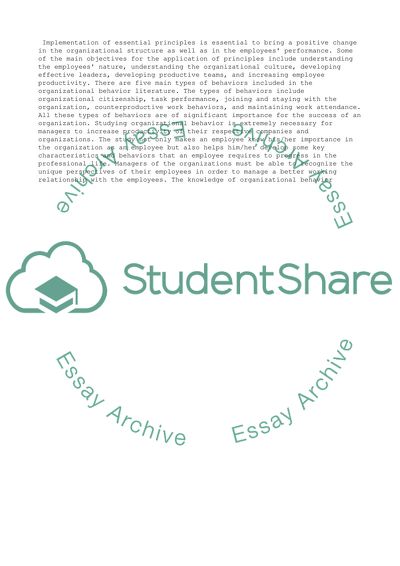Cite this document
(“Building and Sustaining Strong Talent Pipeline Essay”, n.d.)
Building and Sustaining Strong Talent Pipeline Essay. Retrieved from https://studentshare.org/management/1443076-building-and-sustaining-strong-talent-pipeline
Building and Sustaining Strong Talent Pipeline Essay. Retrieved from https://studentshare.org/management/1443076-building-and-sustaining-strong-talent-pipeline
(Building and Sustaining Strong Talent Pipeline Essay)
Building and Sustaining Strong Talent Pipeline Essay. https://studentshare.org/management/1443076-building-and-sustaining-strong-talent-pipeline.
Building and Sustaining Strong Talent Pipeline Essay. https://studentshare.org/management/1443076-building-and-sustaining-strong-talent-pipeline.
“Building and Sustaining Strong Talent Pipeline Essay”, n.d. https://studentshare.org/management/1443076-building-and-sustaining-strong-talent-pipeline.


